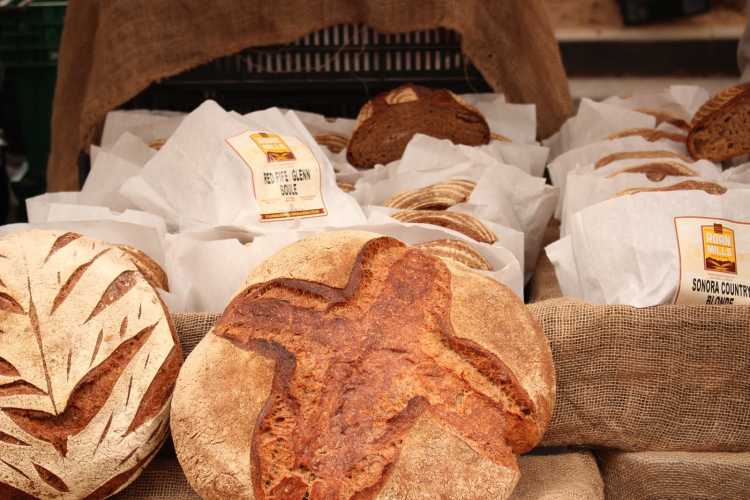As a conscientious and thrifty cook, you want to make the most of every ingredient. So, can you freeze sourdough dough? The answer is both yes and no. It depends on how you plan to use the dough. Keep reading to find out more.

Quick Answer
Yes, you can freeze sourdough dough. However, it may impact the taste and texture of the dough. Additionally, frozen sourdough dough will last for a shorter period of time than fresh sourdough dough.
Can You Freeze Sourdough Dough?
Sourdough bread is a type of bread that uses a sourdough starter as a leavening agent. This type of bread has a tangy flavor and a chewy texture. Some people believe that the taste and texture of sourdough bread are improved by freezing the dough. However, there is limited research on the impact of freezing sourdough dough on taste and texture. Some people who have frozen dough say that it does not have as much flavor as fresh dough, and that it can be more dense than fresh dough. However, other people say that frozen dough tastes just as good as fresh dough. The shelf life of frozen sourdough dough may also be shorter than the shelf life of fresh sourdough dough.
How To Freeze Sourdough Dough?
1. Make a sourdough starter.
2. Mix the starter with flour and water to make a dough.
3. Let the dough rise for a few hours, until it doubles in size.
4. Cut the dough into 12-16 pieces, shape into rolls, and place on a greased baking sheet.
5. Let the rolls rise for 30-60 minutes, until they double in size again.
6. Freeze the rolls for 2-3 hours, until solid.
7 Drop them into a gallon-sized freezer bag or container and return to freezer.
To use frozen sourdough dough:
1 Thaw frozen rolls overnight in fridge or on countertop for several hours before using
Precautions to Take When Freezing Sourdough Dough
Sourdough bread is a delicacy that can be enjoyed by many. It has a unique flavor and texture that is unlike other types of bread. One of the best things about sourdough bread is that it can be frozen and then thawed when you’re ready to eat it. However, there are some precautions you should take when freezing sourdough dough.
The first step is to make sure your dough is well-prepped. This means that it’s been kneaded and allowed to rise properly. If the dough isn’t well-prepped, it will likely become dense and chewy after it’s been frozen.Once the dough is prepped, you need to form it into either one large loaf or several smaller loaves. Make sure the loaves are tightly sealed before freezing them.
How To Thaw Frozen Sourdough Dough
1. Put the frozen Sourdough dough in the refrigerator the night before you plan to use it. This will slowly thaw the dough, so you can use it at your convenience.
2. Alternatively, if you need to thaw the dough more quickly, put it in a bowl of cold water for about 30 minutes.
3. Once it has thawed, gently knead it a few times until it is soft and supple. Then proceed with your recipe as usual!
How Long Does Sourdough Dough Last (Stays Fresh) Outside at Room Temperature?
A lengthy discussion on this topic can be found here, but in general, sourdough dough will stay fresher longer if it is stored in the refrigerator. However, if you choose to store it at room temperature, it will still be safe to eat after a certain period of time (usually around 5-7 days).
How Long Does Sourdough Dough Last (Stays Fresh) in the Fridge?
The answer to this question really depends on how you’re using the sourdough dough. If you’re baking with it, sourdough dough can last in the fridge for up to two weeks. However, if you’re trying to maintain a sourdough starter, the dough can last for much longer – up to six months!
When storing sourdough dough, it’s important to make sure that it’s well covered and sealed in an airtight container. This will help keep the moisture in and reduce the risk of bacteria growth. And remember, always consult a food safety guide for more information on food storage and expiration dates.
How To Use Up Extra/Leftover Sourdough Dough?
There are a lot of different ways to use up extra sourdough dough. Here are some ideas:
– Make a loaf of bread with the dough.
– Make doughnuts, rolls, or biscuits with the dough.
– Use the dough to make pizza or calzones.
– Use the dough to make a dessert such as pie crust, tart crust, or strudel.
– Use the dough to make savory dishes such as dumplings, pasta, or stuffing.